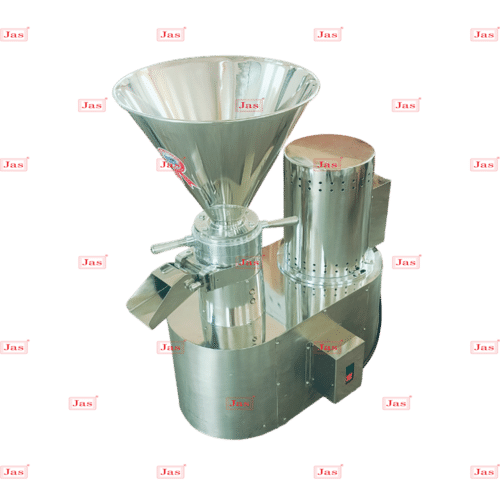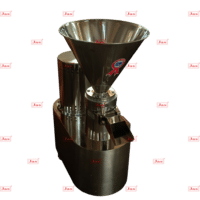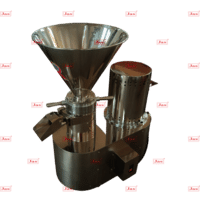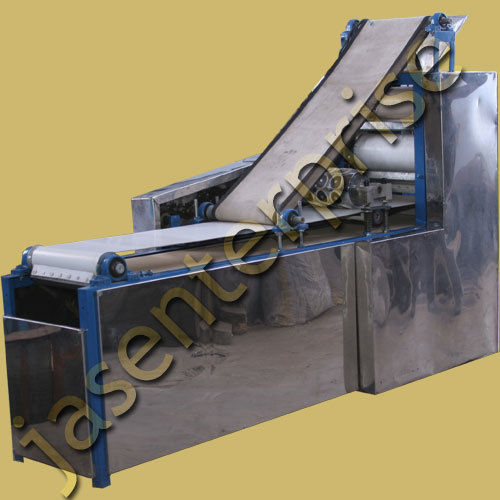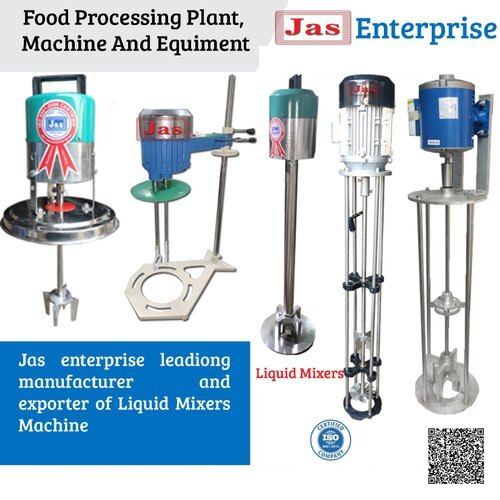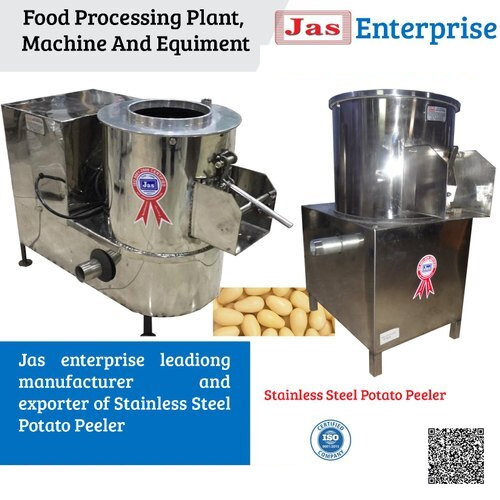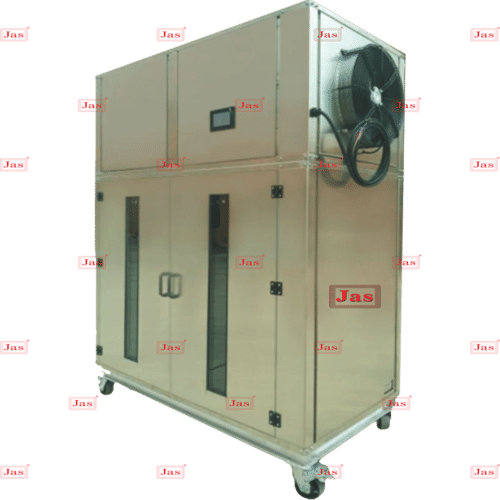Peanut Butter Making Machine
Product Details:
- Capacity 50-1000 Kg/hr
- Automatic Yes
- Voltage 230/440 Volt (v)
- Feature ECO Friendly Low Noice Lower Energy Consumption Compact Structure High Efficiency
- Click to View more
Peanut Butter Making Machine Price And Quantity
- 150000 INR/Unit
- 1 Unit
- 150000.00 - 1365000.00 INR/Unit
Peanut Butter Making Machine Product Specifications
- Yes
- 230/440 Volt (v)
- ECO Friendly Low Noice Lower Energy Consumption Compact Structure High Efficiency
- 50-1000 Kg/hr
Peanut Butter Making Machine Trade Information
- Cash Against Delivery (CAD) Cash Advance (CA) Cash in Advance (CID) Cheque Western Union
- Asia Australia Central America North America South America Eastern Europe Western Europe Middle East Africa
- All India South India Central India West India North India East India Gujarat Karnataka Kerala Lakshadweep Mizoram Meghalaya Manipur Andhra Pradesh Bihar Chandigarh Daman and Diu Goa Jharkhand Odisha Punjab Assam Delhi Dadra and Nagar Haveli Andaman and Nicobar Islands Arunachal Pradesh Chhattisgarh Haryana Himachal Pradesh Jammu and Kashmir Madhya Pradesh Maharashtra Nagaland Rajasthan Sikkim Tamil Nadu Telangana Tripura Pondicherry Uttar Pradesh Uttarakhand West Bengal
- ISO
Product Description
-
Grinding Mechanism: The heart of the machine is its grinding mechanism, which consists of two rotating grinding stones or discs. These discs crush and grind the peanuts into a paste.
-
Motor: Peanut butter making machines are powered by electric motors that drive the grinding mechanism. The motor's power and efficiency determine the speed and capacity of the machine.
-
Hopper and Feeding Mechanism: Peanuts are loaded into a hopper or a feeding mechanism that delivers them into the grinding chamber. Some machines may have a continuous feed system for uninterrupted operation.
-
Adjustable Settings: Higher-end machines may have adjustable settings for controlling the fineness and consistency of the peanut butter produced. This allows customization according to preferences or specific product requirements.
-
Cooling System: During grinding, the machine generates heat due to friction. A cooling system, such as water circulation or air vents, helps prevent overheating and maintain the quality of the peanut butter.
-
Cleaning and Maintenance Features: Easy disassembly and cleaning are crucial for maintaining hygiene standards. Many machines are designed for quick disassembly of parts that come into contact with food, facilitating thorough cleaning and sanitation.
-
Material and Construction: Peanut butter making machines are usually constructed from stainless steel or food-grade materials to ensure durability, cleanliness, and compliance with food safety regulations.
-
Safety Features: Safety considerations include emergency stop buttons, protective covers over moving parts, and safety interlocks to prevent operation when components are not properly assembled.

Price:
- 50
- 100
- 200
- 250
- 500
- 1000+

